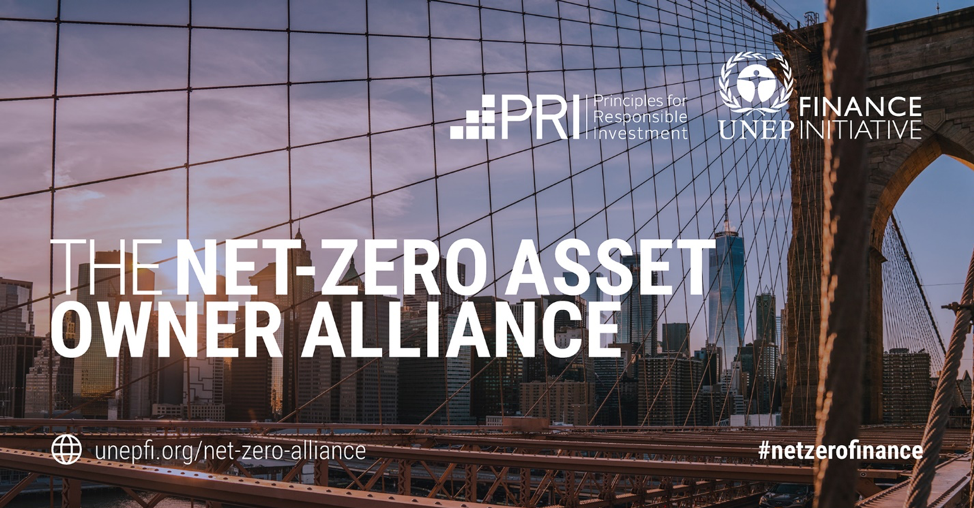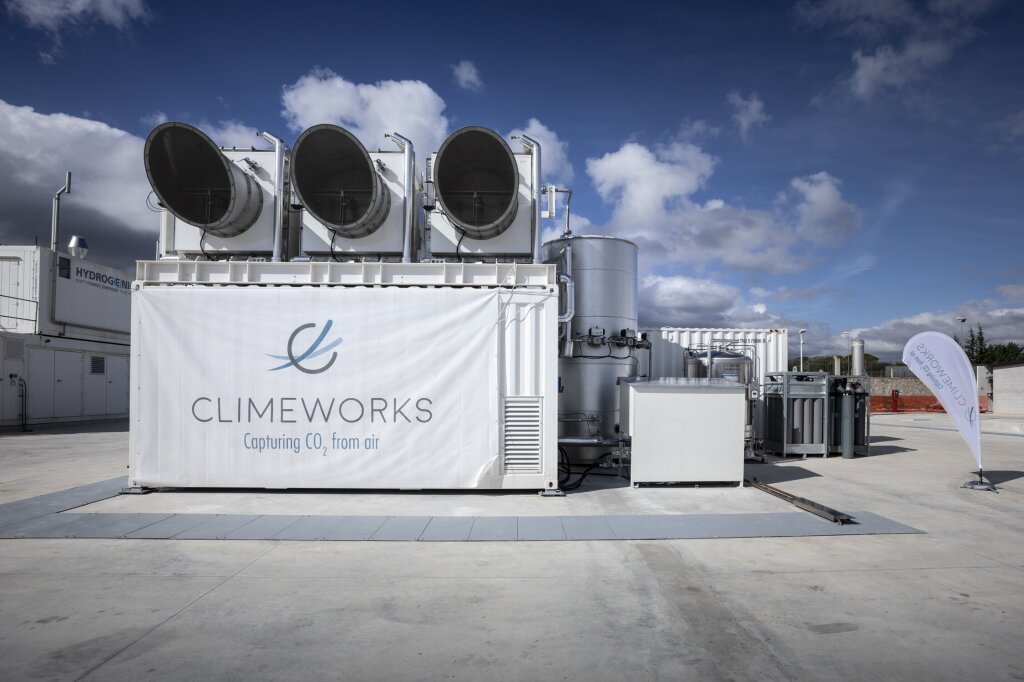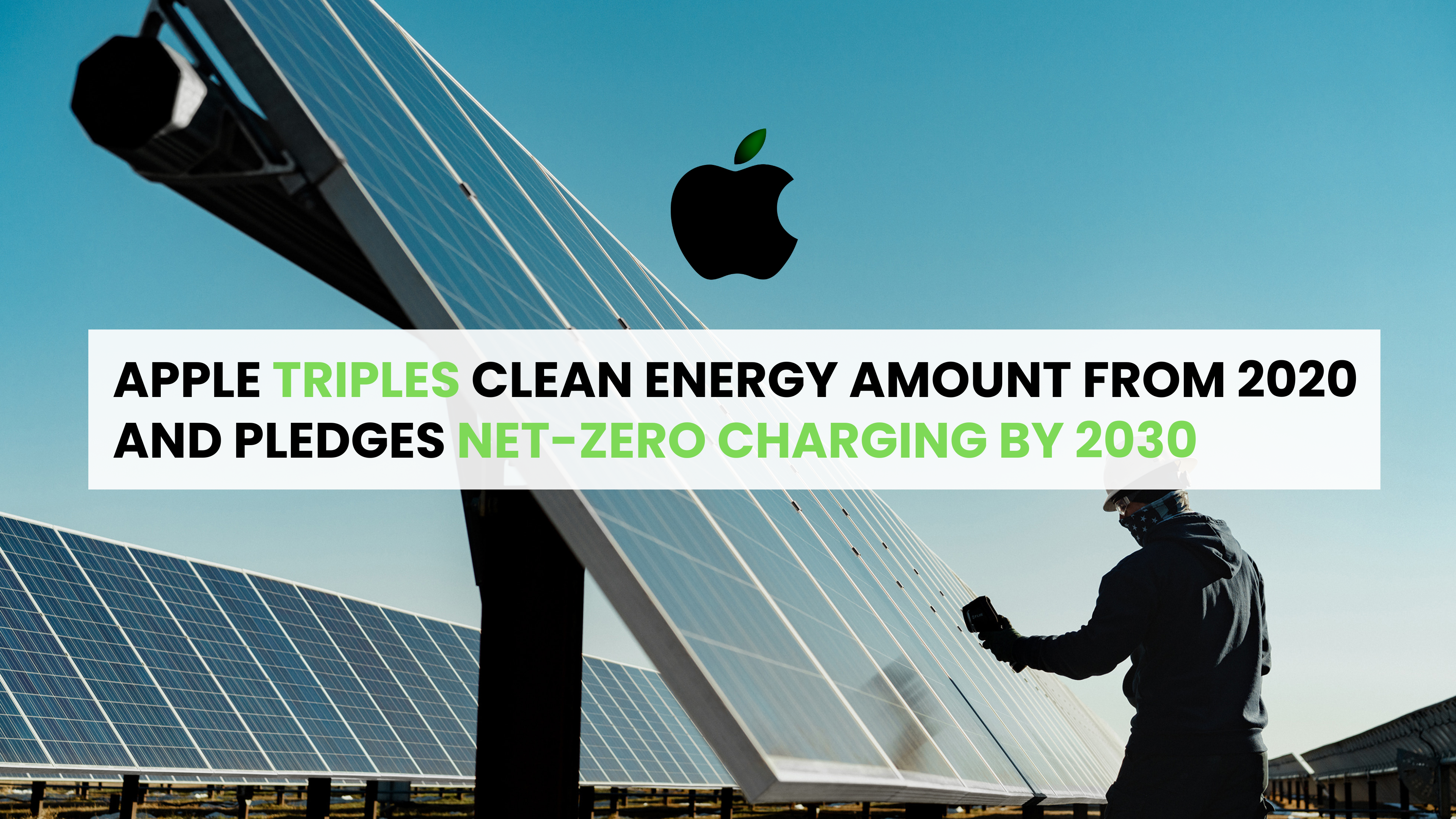Biden-Harris Administration Proposes New Emissions and Climate Risk Disclosures for Federal Contractors

On November 10, 2022, the Biden-Harris Administration took historic action to address greenhouse gas emissions and protect the Federal Government’s supply chains from climate-related financial risks. In support of President Biden’s Executive Orders on Climate-Related Financial Risk and Catalyzing Clean Energy Industries and Jobs Through Federal Sustainability, the Administration proposed the Federal Supplier Climate Risks and Resilience Rule, which would require major Federal contractors to publicly disclose their greenhouse gas emissions and climate-related financial risks and set science-based emissions reduction targets.
As the world’s single largest buyer of goods and services—purchasing over $630 billion in the last fiscal year alone—the Federal Government faces significant financial risks from climate change. Supply chain disruptions over the past year have impacted every sector, including the Federal Government and its critical contractors and subcontractors. The new Federal Supplier Climate Risks and Resilience Rule would strengthen the resilience of vulnerable Federal supply chains, resulting in greater efficiencies and reduced climate risk.
Under the proposed Federal Supplier Climate Risks and Resilience Rule, “major” Federal contractors receiving more than $50 million in annual contracts would be required to publicly disclose Scope 1, Scope 2, and relevant categories of Scope 3 emissions, disclose climate-related financial risks, and set science-based emissions reduction targets. Additionally, “significant” Federal contractors with more than $7.5 million in annual contracts but less than $50 million would be required to report Scope 1 and Scope 2 emissions. Federal contractors with less than $7.5 million in annual contracts would be exempt from the Federal Supplier Climate Risks and Resilience Proposed Rule.
| Federal Contractors | Federal Supplier Climate Risks and Resilience Proposed Rule Requirements | |||
|---|---|---|---|---|
| Segment | Annual Federal Obligations | Scope 1, Scope 2, and relevant categories of Scope 3 emissions in alignment with the GHG Protocol Corporate Standard | Climate Risks assessed in alignment with the recommendations of the Task Force on Climate-Related Financial Disclosures (TCFD) | Emissions reduction target validated by the Science Based Targets Initiative (SBTi) |
| Major Contractors | >$50M | Yes (through CDP) | Yes (through CDP) | Yes (through SBTi) |
| Significant Contractors | >$7.5M-$50M | Yes (Scope 1 and Scope 2 only) | No | No |
| Other Contractors | <$7.5M | No | No | No |
The 60-day public comment period for this proposed rule is scheduled to close on January 13th, 2023 (FAC/FAR Case/Docket No. 2021-015).
- Fact Sheet: Biden-Harris Administration Proposes Plan to Protect Federal Supply Chain from Climate-Related Risk
- Federal Register Notice: Disclosure of Greenhouse Gas Emissions and Climate-Related Financial Risk
Currently Available GHG Emission and Risk Resources
See related article: Biden-Harris Administration Announces Nearly $1 Billion From EPA’s Clean School Bus Program for 389 School Districts
Inventorying GHG Emissions
GHG Protocol Corporate Accounting and Reporting Standard: Developed by the World Resources Institute and the World Business Council for Sustainable Development, this is the global standard for calculating corporate GHG emissions. The Standard includes guidance for preparing a GHG emissions inventory for Scope 1, Scope 2, and relevant categories of Scope 3 emissions.
The GHG Emissions Calculation Tool: This Excel-based tool offered by the Greenhouse Gas Protocol can be used to calculate Scope 1, Scope 2, and Scope 3 emissions in line with the GHG Protocol.
Assessing Climate Risks
Task Force on Climate-Related Financial Disclosures (TCFD) Recommendations: The TCFD recommendations outline the core elements of climate-related financial disclosures across governance, strategy, risk management, and metrics and targets, as well as guidance on how to implement them.
Setting Emissions Reduction Targets
Science Based Targets How-To Guide: This Science Based Targets Initiative (SBTi) resource provides organizations with an overview for how to set and submit for validation a science-based target to reduce their GHG emissions in line with what the latest climate science deems necessary to meet the goals of the Paris Agreement.
Submitting an annual Public Disclosure of Climate Information
Bite-Sized Guidance for New Disclosers: This CDP (formerly the Carbon Disclosure Project) resource walks organizations through the annual CDP climate change disclosure process, through which companies publicly report their GHG inventory, TCFD-aligned climate risks, and science-based targets.
How CDP is Aligned to the TCFD: This annually-updated CDP resource outlines how to complete a TCFD-aligned disclosure through CDP’s annual Climate Change Questionnaire.










